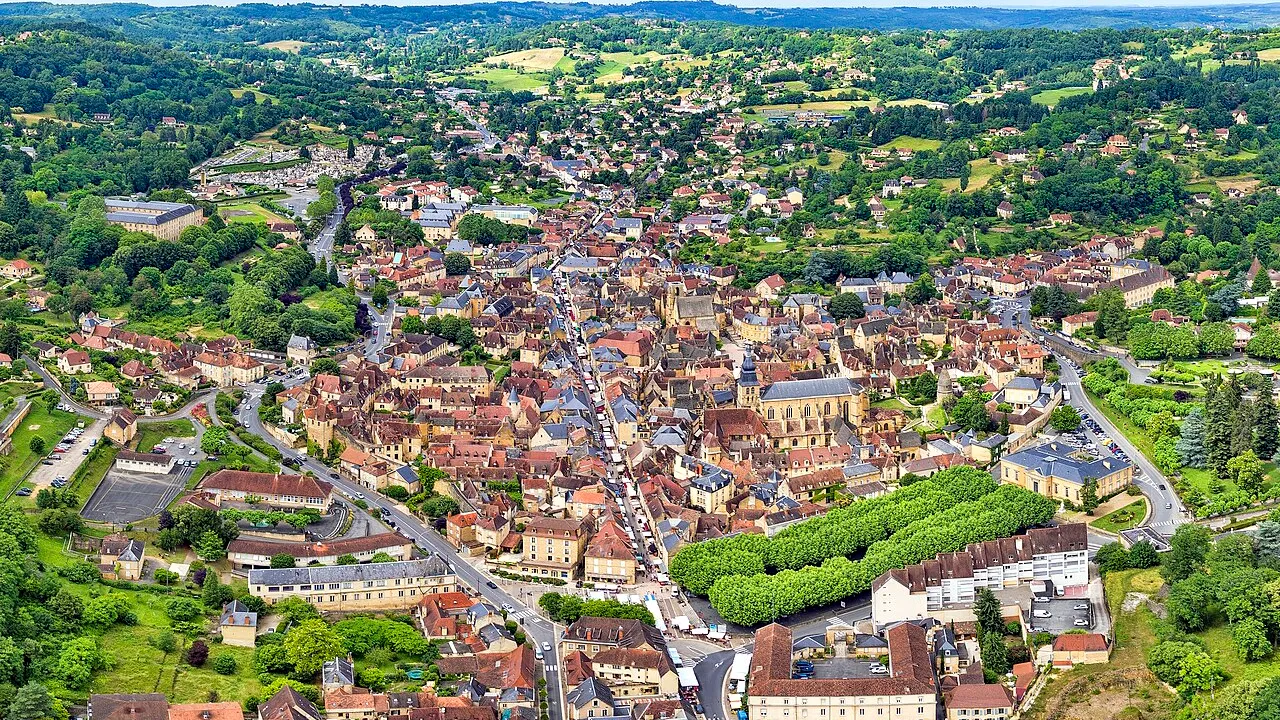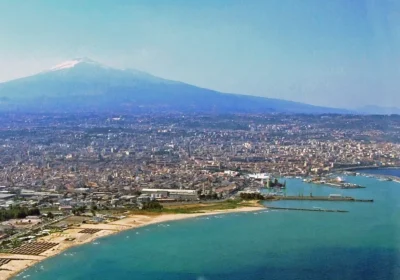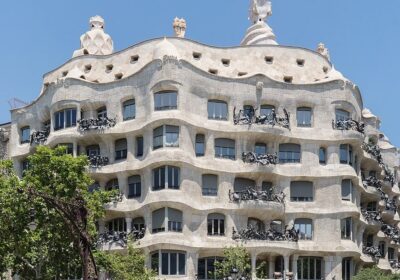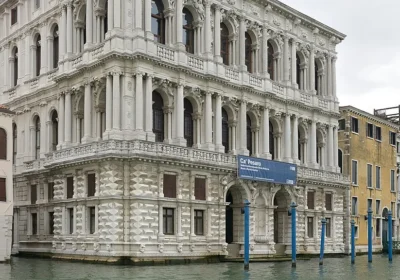The capital of the Black Perigord (Périgord Noir) is Sarlat-la-Canéda. It grew up around a Benedictine abbey built during the Carolingian period, in the 9th century. This was the heyday of monastic construction, later called the Carolingian Renaissance.
The abbey housed the relics of Saint Sacerdos, Bishop of Limoges. The abbots were all-powerful feudal lords until the 13th century, when the abbey, as a result of bloody wars, fell into decline. In 1317, Pope Jean XXII declared Sarla a bishopric whose authority extended beyond its borders. A powerful cathedral is erected in the abbey.
The Hundred Years’ War destroyed the town, after which it was reconstructed, and between 1450 and 1500 most of the monuments that today make up the pride of the town were erected. Sarla has an original architecture. The city is divided into two parts – the eastern part (for the common people) and the western part – the aristocratic quarters. The houses are stunning with their courtyards and the quality of the masterfully hewn stones and the thickness of the walls. Most of the houses have a Medieval style first floor, a Gothic or Renaissance style second floor, and a classical roof.
It is believed that Sarles has the highest density of old buildings in France.
Among the monuments of the Middle Ages are the chapel of Recollets, which houses the Museum of History and Arts, the Cathedral of St. Sasserdos, old mansions, including the Hôtel de Maleville (Hôtel de Maleville) and the Hôtel de Vienne (Hôtel de Vienne). Almost nothing of the fortified belt survives except for three towers: the Executioner’s Tower (Tour du Bourreau), the Lookout Tower (Tour du Guet) and the Tour Saint-Bernard, the latter located in the former cemetery and nicknamed “the lantern of the dead” (La lanterne des morts).
For five centuries, the town of Sarla flourished, but then it was cut off from the trade routes and began to slowly decline. But in 1962, on the initiative of the Minister of Culture Andre Malraux, a law was passed in France, according to which the state was to allocate money for the restoration of ancient towns. Since that time, the buildings in the city are under state protection and are classified by UNESCO as world cultural treasures. Together they form a kind of “open air museum”. Narrow cobbled streets, whole blocks of medieval houses with cozy courtyards, vaulted passages create a picture from an old storybook. So it seems: the clatter of hooves on the cobblestone sidewalk, the shadows of people in medieval clothes … The city is saturated with sunshine, medievalism, renaissance and gastronomic delights.
Tourists coming to Sarla must visit the huge food market – one of the best in France. It works in the city on Wednesdays on the Place Liberté. And on Saturdays it organizes a fair, which attracts everyone in the area. Sarl’s main products are foie gras (goose liver) in various types and variations and walnuts. Both during the town’s prosperity in the thirteenth and sixteenth centuries and nowadays, these traditional Périgord products generate considerable profits for the provincial economy. Local specialties are black truffles, which are harvested in the forest in January, as well as other mushrooms. Cheeses of every shape and color can be found at the fair, and a huge number of pork delicacies.

















